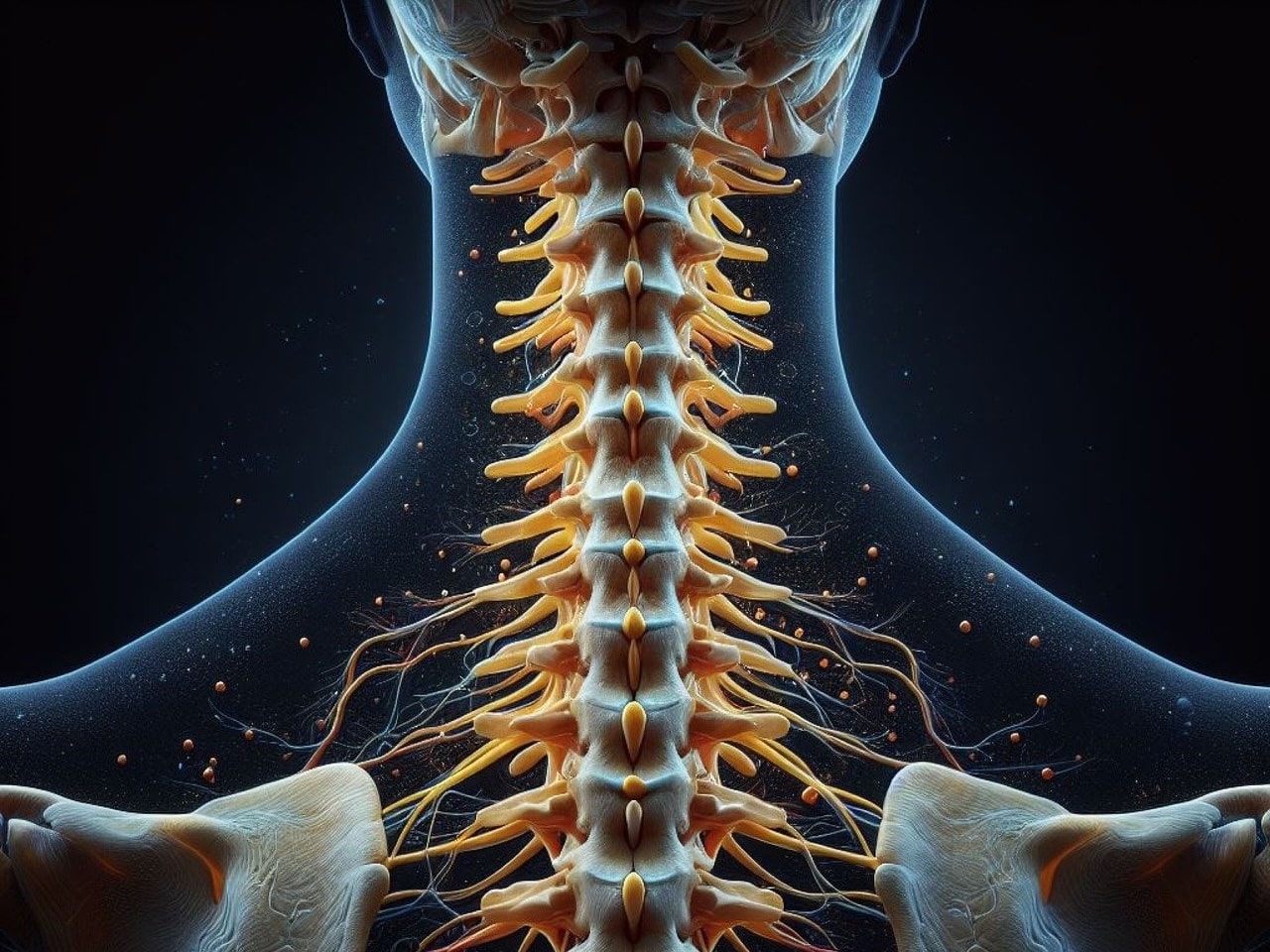Memory without a brain is possible because the spinal cord is more intelligent than previously thought
Aya Takeoka from the RIKEN Center for Brain Science (CBS) in Japan and her colleagues have discovered the neural circuit in the spinal cord that enables brain-independent motor learning. The study, published in Science, discovered two critical groups of spinal cord neurons, one responsible for new adaptive learning and another responsible for remembering adaptations once learned. The findings could help scientists develop ways to support motor recovery after spinal cord injury.
The spinal cord also functions without a brain
Scientists have long known that the motor performance of the spinal cord can be adjusted through exercise, even without a brain. This has been impressively demonstrated in headless insects, whose legs can be trained to avoid external cues. So far, no one has figured out exactly how this is possible, and without that understanding the phenomenon is little more than a bizarre fact. Takeoka explains: “Understanding the underlying mechanism is important if we want to understand the fundamentals of movement automaticity in healthy people and use this knowledge to improve recovery from spinal cord injury.”
Before delving into neural circuits, the researchers developed an experimental system that allowed them to study mouse spinal cord adaptation in both learning and memory without the brain’s intervention. In each test there was an experimental mouse and a control mouse with their hind legs hanging freely. If the experimental mouse’s hind leg dropped too far, it was electrically stimulated, mimicking something a mouse would want to avoid. The control mouse received the same stimulus at the same time, but it was not linked to the position of its hind paw.
After just 10 minutes, they observed motor learning only in the test mice; His legs remained up and avoided any electrical stimulation. This result showed that the spinal cord can associate an unpleasant sensation with the position of the paw and adjust its motor output so that the paw avoids the unpleasant sensation, all without the need for a brain. Twenty-four hours later, they repeated the 10-minute test, but swapped the experimental and control mice. The original experimental mice still held their paws up, suggesting that the spinal cord retained a memory of past experiences, which hindered new learning.
Spinal cord memory
Since immediate learning and memory were anchored in the spinal cord, the team set out to study the neural circuits that make this possible. They used six types of transgenic mice, each with a different set of deactivated spinal neurons, and subjected them to motor learning and reversal learning tests. They found that the mice’s hind legs did not adapt to avoid electric shocks after neurons in the upper part of the spinal cord were deactivated, particularly those that express the Ptf1a gene.
When they examined the mice during reversal learning, they found that silencing Ptf1a-expressing neurons had no effect. Instead, a group of neurons in the lower, ventral part of the spinal cord that express the En1 gene was crucial. When these neurons were silenced the day after avoidance learning, the spinal cord behaved as if they had never learned anything. The researchers also assessed recall on the second day by repeating the initial learning conditions. They found that in wild-type mice, the hind limbs stabilized faster to reach the avoidance position than on the first day, suggesting memory. Excitation of En1 neurons during recall increased this speed by 80%, indicating enhanced motor recall.
“Not only do these results challenge the prevailing idea that motor learning and memory are confined exclusively to brain circuits,” says Takeoka, “but we also showed that we can manipulate spinal cord motor memory, which has implications for therapies, which are intended to improve recovery after spinal injuries.” Cable damage.
REFERENCE
Two inhibitory neuronal classes control the acquisition and memory of spinal sensorimotor adaptation
